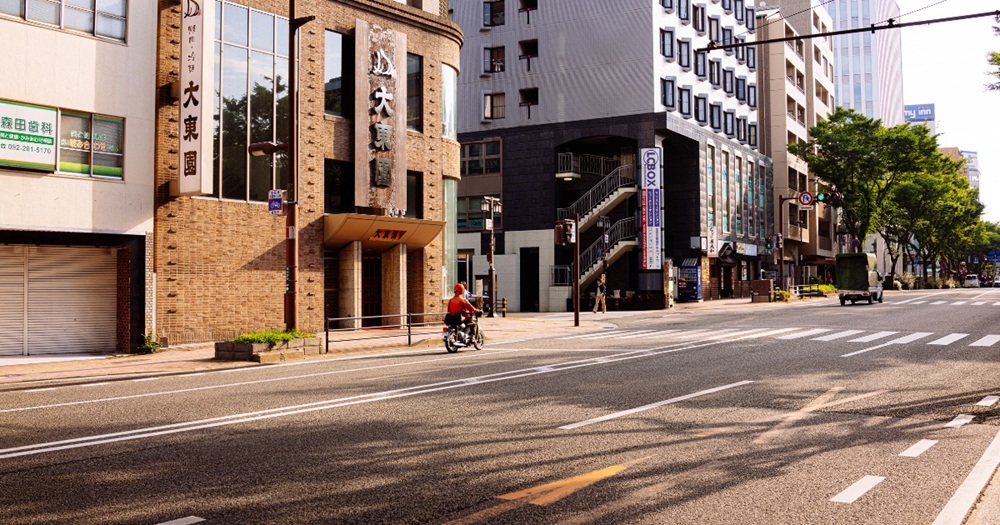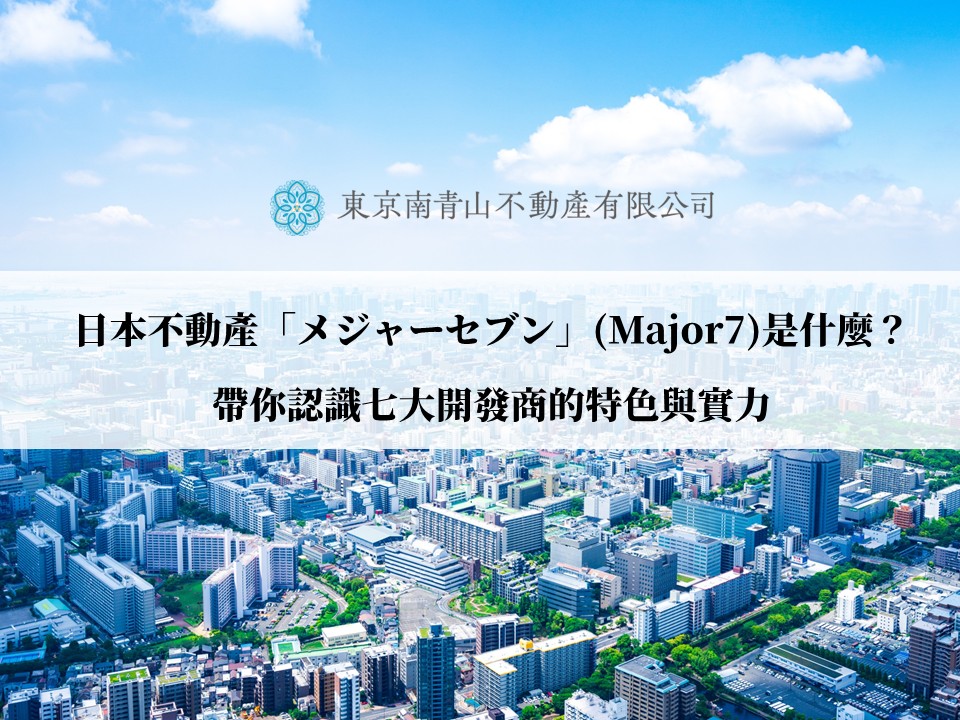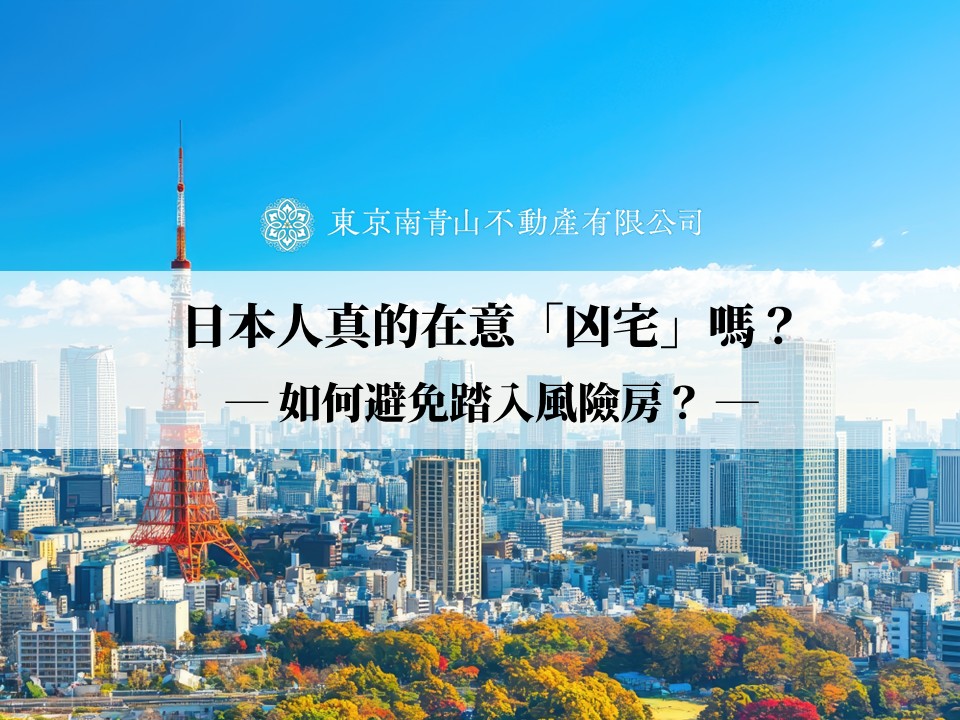Many people who have traveled to Japan would agree—walking through the streets of Tokyo, Kyoto, or Osaka brings a unique sense of comfort that’s hard to describe.
This feeling isn’t a coincidence. It stems from Japan’s meticulous urban planning laws and zoning system, combined with a strong emphasis on human-centered transportation and everyday convenience, which together create a distinctive neighborhood atmosphere.
This article explores why Japanese streets are particularly livable, from the perspective of urban design and zoning, and reveals the principles behind walkability and quality of life.
Why Do Japanese Streets Feel So Comfortable?
1. Zoning System Ensures Orderly Living
Japan’s City Planning Act divides all land into 13 zoning categories, each with clear building regulations, such as:
• Whether commercial facilities (restaurants, convenience stores, department stores, etc.) are allowed
• Building height limits and floor-area ratios
• Noise and traffic regulations
Thanks to this system, residential areas are protected from disruptions like large factories or late-night bars, while commercial zones are concentrated and well-organized—creating an orderly living environment.
2. Human-Centered Street Design
• Avoiding Over-commercialization: Commercial facilities are concentrated in designated areas, preserving tranquility and a sense of community in residential zones.
• Enhancing Community Safety and Stability: Residents often know each other well, fostering frequent neighborhood interactions and resulting in lower relocation and vacancy rates.
• Bringing People Closer to Their Environment: Daily life is mostly conducted within walking distance, naturally slowing down the pace of life.
• Creating a Sense of Everyday Life, Not a Race: While commuting is efficient, residential areas promote a slower lifestyle, reducing feelings of pressure.
3. Clean and Harmonious Visual Environment
• Underground Power Lines
• Unified Building Heights
• Controlled Signage Sizes
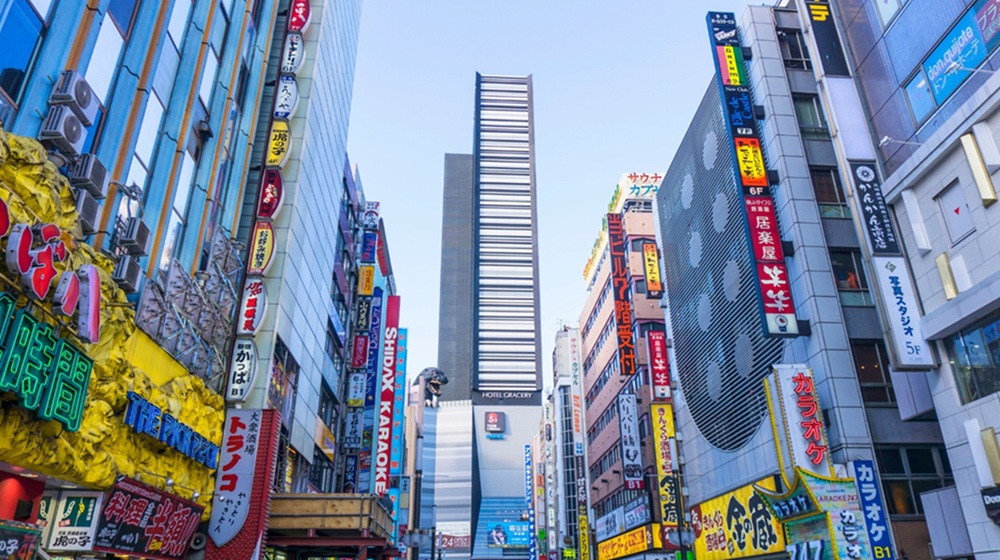
These elements help maintain a clean and consistent streetscape, avoiding jarring high-rise buildings or cluttered commercial signage that disrupt visual harmony.
How Are the Details of a Walkable City Designed?
1. Planning Around Key Facilities
Neighborhoods are typically designed to radiate outward from essential facilities such as schools and train stations, ensuring that residents have convenient and centralized access to daily necessities.
2. Safety Design Around Schools
Around elementary and junior high schools, Japan designates “school routes” equipped with speed bumps, pedestrian-priority signs, and traffic control during school hours. In some areas, volunteers or police officers assist with traffic during drop-off and pick-up times to ensure children's safety.
3. Diverting Traffic to Protect Residential Streets
In many Japanese residential areas, traffic flows for cars, bicycles, and pedestrians are separated to reduce the risk of accidents. Small alleyways are often designed as T-junctions or cul-de-sacs to prevent cars from cutting through neighborhoods, creating a quieter living environment.
4. Walkable Neighborhoods Reduce Car Dependency
Most Japanese cities plan neighborhoods based on a “5 to 10-minute walking radius,” ensuring that residents can reach convenience stores, drugstores, supermarkets, and clinics within a short distance.
Urban areas also feature clearly defined sidewalks, with motorcycles kept separate from pedestrian paths. Barrier-free ramps are common, accommodating strollers and wheelchairs, making walking safer and more comfortable.
Nearly every neighborhood includes a “community-style shopping street,” and public transportation is dense, with frequent and punctual train and bus services. This planning allows residents to shop and commute without relying on cars, adding vibrancy to the streets.
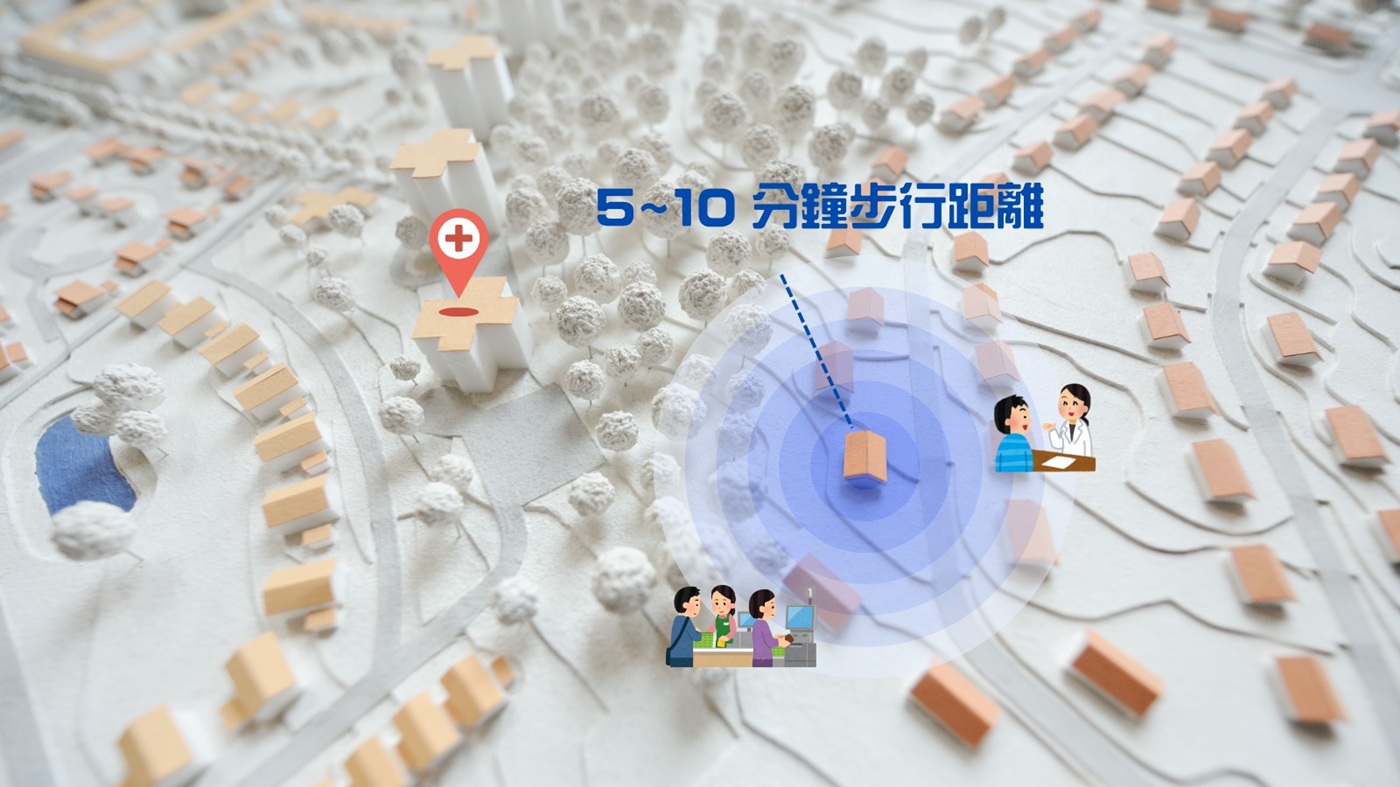
How Japanese Neighborhood Design Reflects Local Value
1. Zoning Affects Property Value and Investment Potential
For real estate investors, understanding zoning classifications helps assess a property's potential for appreciation and ease of resale. For example:
• Properties located in Category I Low-Rise Residential Zones are typically in low-density, quiet, and livable areas—ideal for owner-occupants and long-term rentals.
• Commercial zones offer high accessibility and convenience, with greater potential for value growth. However, nighttime noise and complex surroundings may affect rental market appeal.
• Different zoning types also come with varying floor-area ratios and building coverage ratios, which influence the feasibility of future renovations or expansions.
Understanding the characteristics of each zoning type not only helps visualize the lifestyle of the area but also clarifies local regulations and restrictions. Familiarity with zoning-related laws is also crucial for future tax planning and investment strategies.
2. Walkability and Its Strong Link to Rental Demand
For investors, proximity to train stations and access to daily amenities are key indicators of rental value. A neighborhood’s walkability is positively correlated with rent levels and property prices.
Areas with high walkable access to daily conveniences tend to attract more tenants, resulting in lower vacancy rates and better prospects for subleasing or resale. In Tokyo, properties located within a 5-minute walk from a station can command rents that are 8% to 15% higher. Even if a property is slightly farther from a station, strong local amenities can sustain stable rental demand.
3. Streetscape and Community Design
For overseas buyers, the cleanliness and visual appeal of a neighborhood are important factors in evaluating community value. These aspects indirectly reflect the financial health and management quality of the local municipality, contributing to long-term property value stability.
Neighborhoods with a strong sense of safety and stability not only attract long-term tenants but also reduce vacancy rates—directly supporting consistent cash flow for real estate investments.
4. School Districts and Property Value Retention
In Japan, the quality of school districts is closely tied to property prices—especially in major cities like Tokyo and Osaka. Properties located in prestigious school zones tend to retain rental value and resale potential, even if the buildings are older. Homes near well-known schools or major transportation hubs typically have high long-term occupancy rates and strong value retention, making them top choices for many investors.
5. Car-Free Communities Attract Tenants
For tenants, a car-free lifestyle means lower living costs. This is especially appealing to Japanese residents in high-density areas where driving is inconvenient. It’s also one of the reasons why rental prices in places like Tokyo’s Minato and Bunkyo wards remain consistently high.
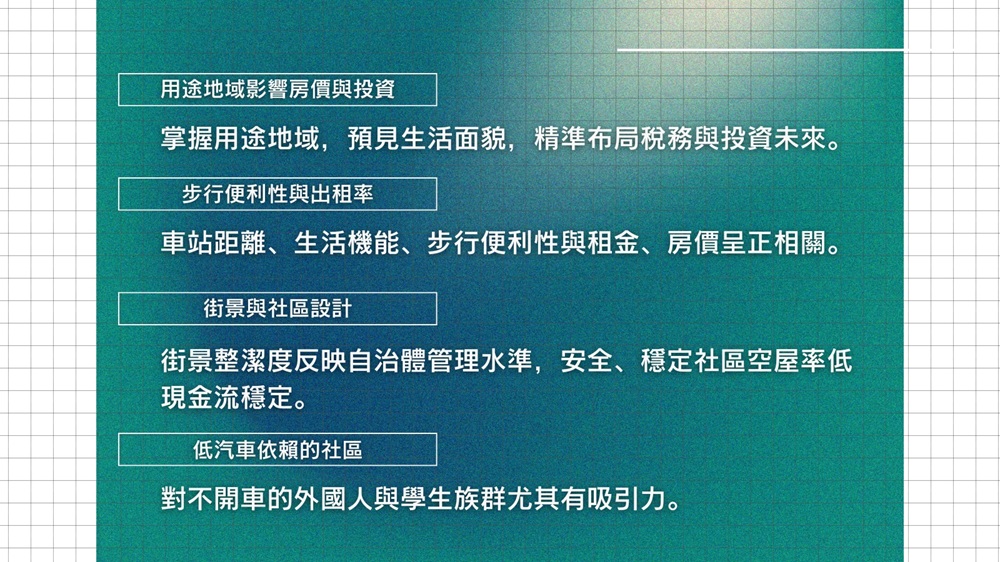
Summary
The comfort people feel on Japanese streets isn’t just due to wide sidewalks or beautiful buildings—it’s the result of a comprehensive, human-centered urban design philosophy.
Zoning regulations ensure orderly living environments, walkable planning keeps daily necessities within reach, and the integration of public transportation with local shopping streets reduces dependence on cars. These design principles allow people not just to “pass through” a city, but to truly “live within it.”
For cities undergoing development or transformation, Japan offers a valuable model: livability isn’t a luxury—it’s something that can be intentionally designed into everyday life.
For real estate investors, these urban design details aren’t just lifestyle perks—they are core factors that influence rental demand, pricing, and long-term property value.


